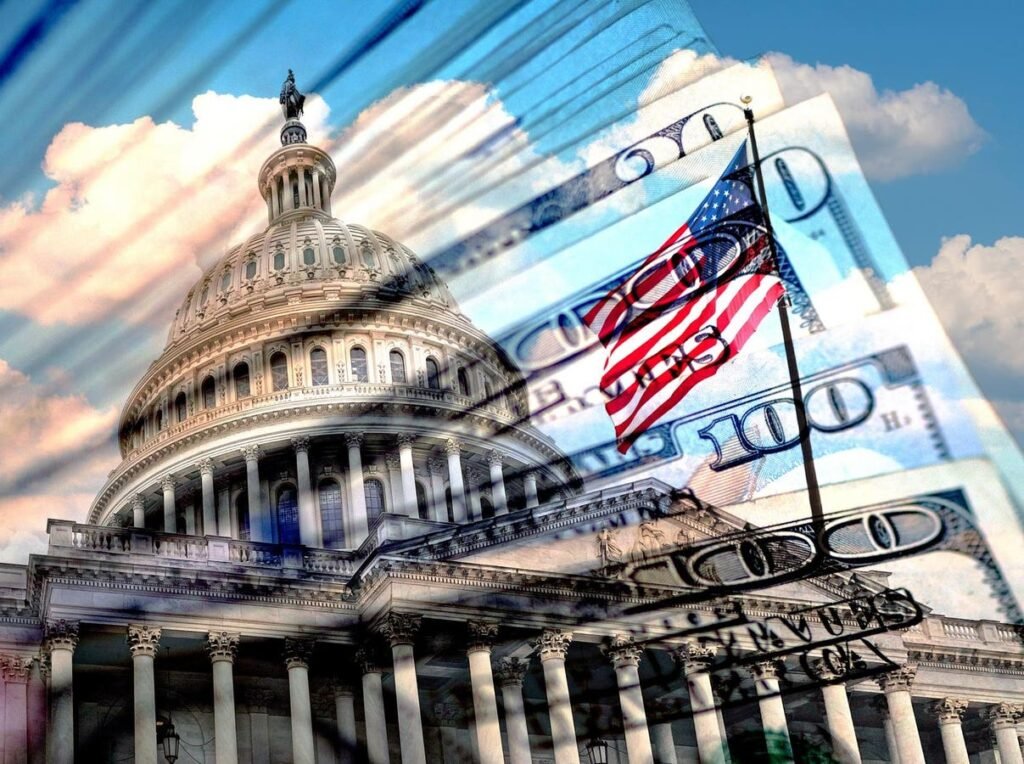Attention is now focused on the U.S. budget deficit as the federal debt held by the public has surpassed the previous high at the end of World War II and has been steadily increasing over the past five decades, especially since the 2008 Financial Crisis. The Congressional Budget Office’s updated projections indicate that budget imbalances will continue to rise over the next decade, with primary deficits forecasted to be around 3%-4% of GDP and net interest payments expected to increase. The unified deficit could approach 7% of GDP by 2034, with federal debt outstanding reaching 122% of GDP.
Former NY Fed President Bill Dudley has expressed concerns about the risks associated with running large deficits. He warns that increased debt-servicing costs could arise as interest rates rise, potentially leading to the Fed allowing inflation to drift higher to reduce the government’s debt burden. The uncertainty lies in whether bond market vigilantes will react, similar to the 1980s and 1990s when real bond yields were much higher than the current levels. It remains unclear when bond investors will react, but there are concerns that politicians may face pressure to find a compromise solution post the 2024 elections.
The biggest obstacle to addressing federal debt lies in the increasing share of mandatory programs such as Social Security, Medicare, and Medicaid, which have steadily risen as a share of GDP. Meanwhile, discretionary programs have seen a decline, leading to political bickering over government spending growth. Republicans oppose raising tax rates and argue for maintaining federal revenues at 18% of GDP, while Democrats suggest increasing revenues by closing tax loopholes. The potential payoff from reining in budget imbalances could be substantial, as seen during the Clinton administration when budget deficits were turned into surpluses.
The possibility of reaching a compromise solution in Congress is slim due to current polarization, making it challenging to address the persisting outsized federal deficits. If Joe Biden were to be reelected, he is unlikely to back away from large-scale government programs to tackle climate change and social issues. However, his spending programs could face opposition if Republicans control at least one house of Congress. If Donald Trump were to win, the main concern would be his opposition to the Federal Reserve raising interest rates, with reports suggesting his advisers are considering giving him more control over the Fed.
To stay informed on these developments, investors are advised to monitor the Federal Reserve’s model of the 10-year term premium, which measures the compensation investors expect for holding long-term debt over short-term securities. A negative term premium could indicate investor confidence in the Fed’s commitment to fighting inflation, while a positive turn could signal concerns about the impact of large budget deficits on inflation. With the uncertainties surrounding the U.S. budget deficit and federal debt levels, staying informed and vigilant is crucial for investors navigating the economic landscape.

